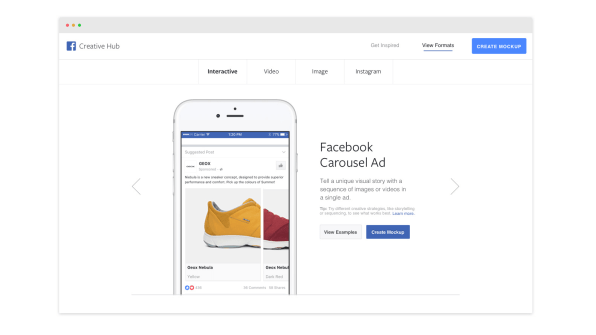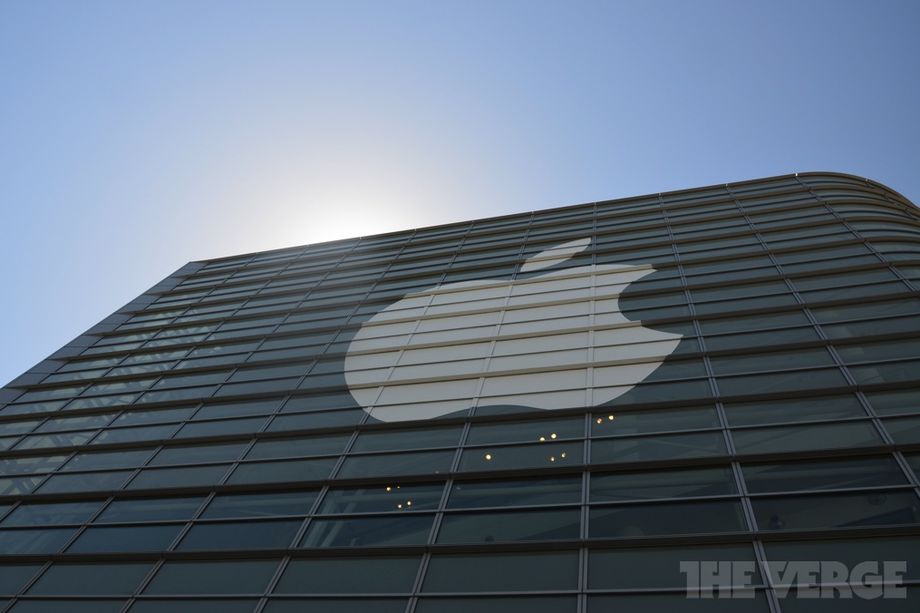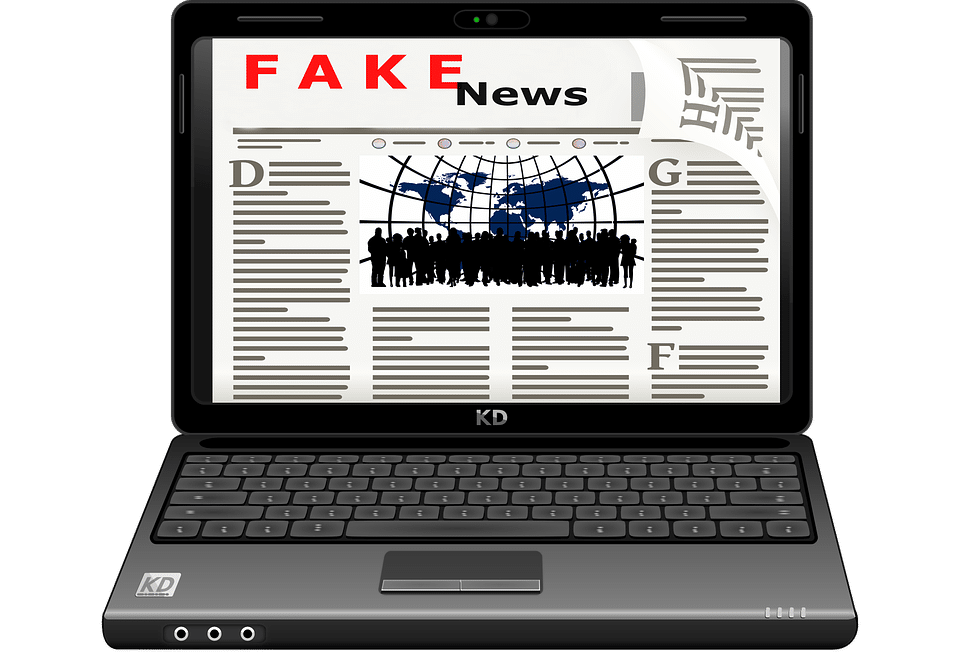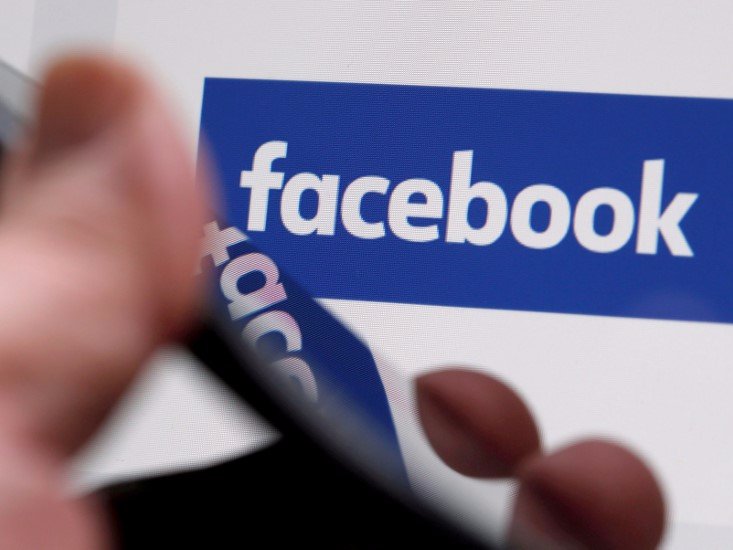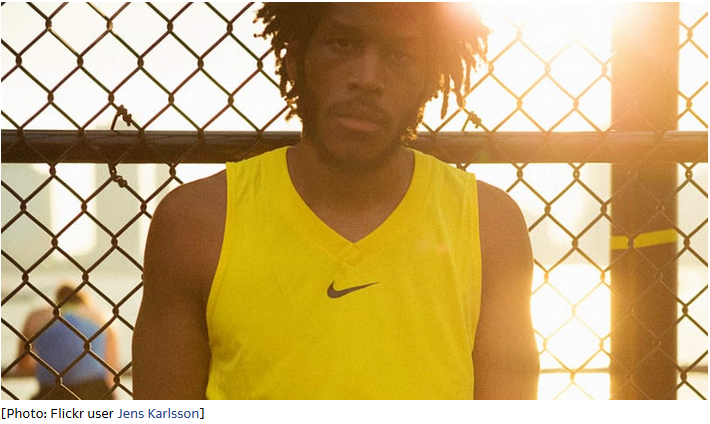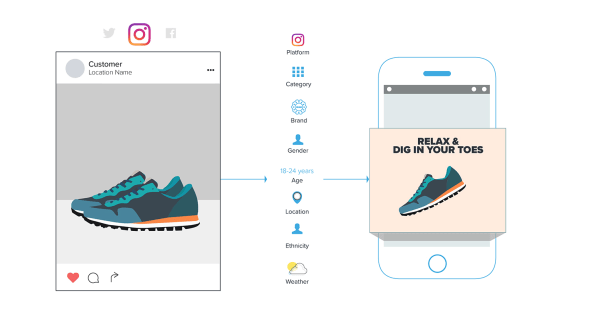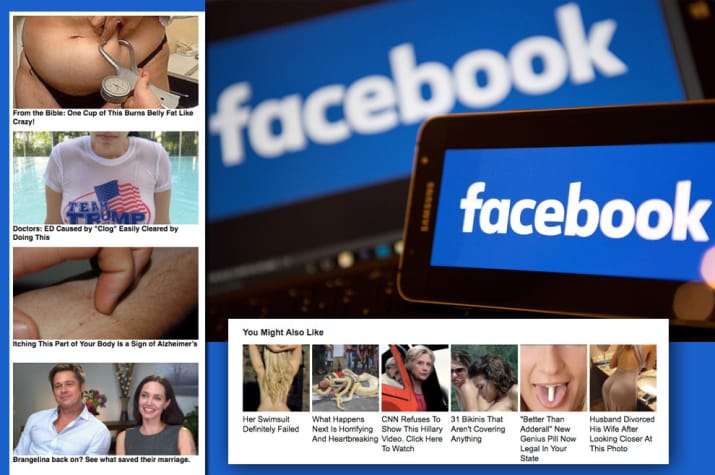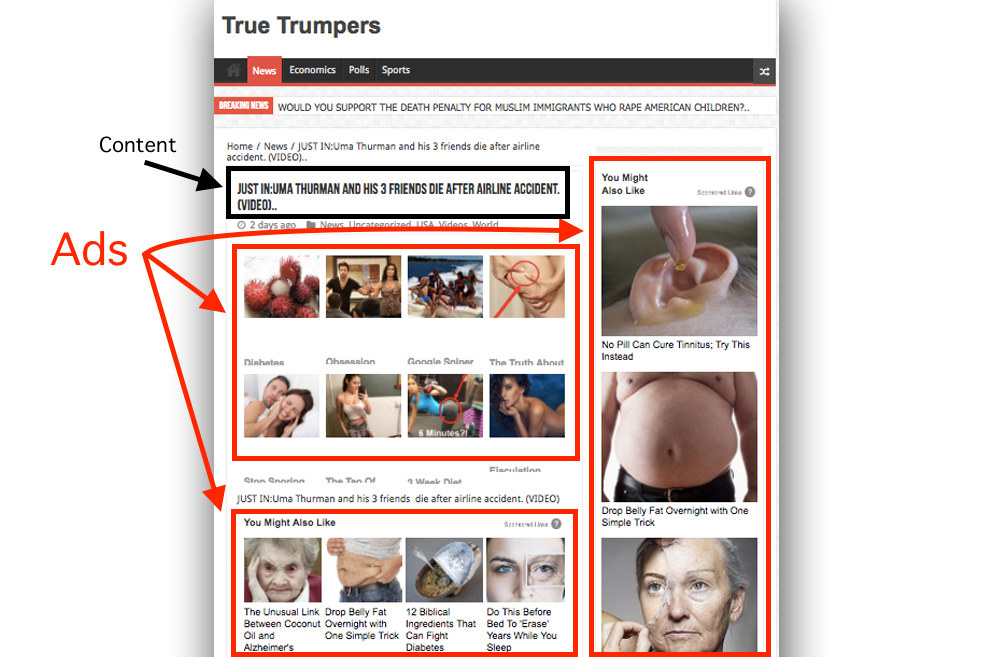By Braveen Kumar.
It’s no secret that Facebook offers one of the largest, most robust advertising platforms for businesses of all sizes to reach their target customers.
But as a do-everything-yourself entrepreneur, it can be frustrating to discover just how much trial and error and learning is involved in the beginning, especially as you bet real dollars on real outcomes.
The good thing is that many of us tend to make the same mistakes, especially when we’re starting out.
Whether your Facebook ads haven’t gotten you a single sale or it feels like you’re not seeing the right return on what you’re spending, here are some common (and sometimes costly) Facebook advertising mistakes and how to fix them.
If you’re completely new to Facebook Advertising, be sure to check out: The Beginner’s Guide to Facebook Advertising.
1. Not Investing In Audience Research Upfront
Which one do you think is more likely to perform better?
A good ad in front of the wrong people? Or a mediocre ad in front of the right people?
I’d probably put my money on having the right audience first.
Facebook is home to a diverse audience and, depending on what you’re selling, your audience could be bigger, smaller, or even completely different from the one you set out to target.
You’ll have to test out some audiences in the beginning, before you start testing specific stuff like ad copy or format. But that doesn’t mean you can’t give yourself a head-start with some educated guesses.
A good way to look at targeting is to ask yourself if you’d be willing to bet money on the odds that those people would be interested in buying your product (because that’s technically what you’re doing).
For example, you might think people who like “Starbucks” on Facebook might be interested in buying your specialty coffee. Maybe some of them will, but a lot of different people like and drink Starbucks (over 33 million on Facebook in fact). You want to find a niche that aligns with your products.
If you’ve chosen a niche product (e.g. t-shirts for people who own pugs), you’ll have a much easier time than someone whose products don’t have a specific audience.
One of the best ways to find interests you can target is to put yourself in the shoes of whoever you think your customer is:
- What would they Google?
- What pages would they “like” on Facebook?
- What influencers or celebrities would they follow?
- What apps would they use?
- What publications/blogs do they read?
- What competitors are they already buying from?
- Where would they hang out on Reddit?
Do some exploring and see what you learn about the interests that make them unique compared to the masses.
If you can find a Facebook Page that relates to what you’ve found in your research, go Like it under your personal profile. Facebook will suggest related pages that offer up even more interests you can potentially target. Again, ignore the ones that don’t have a strong connection to purchasing intent in some way.
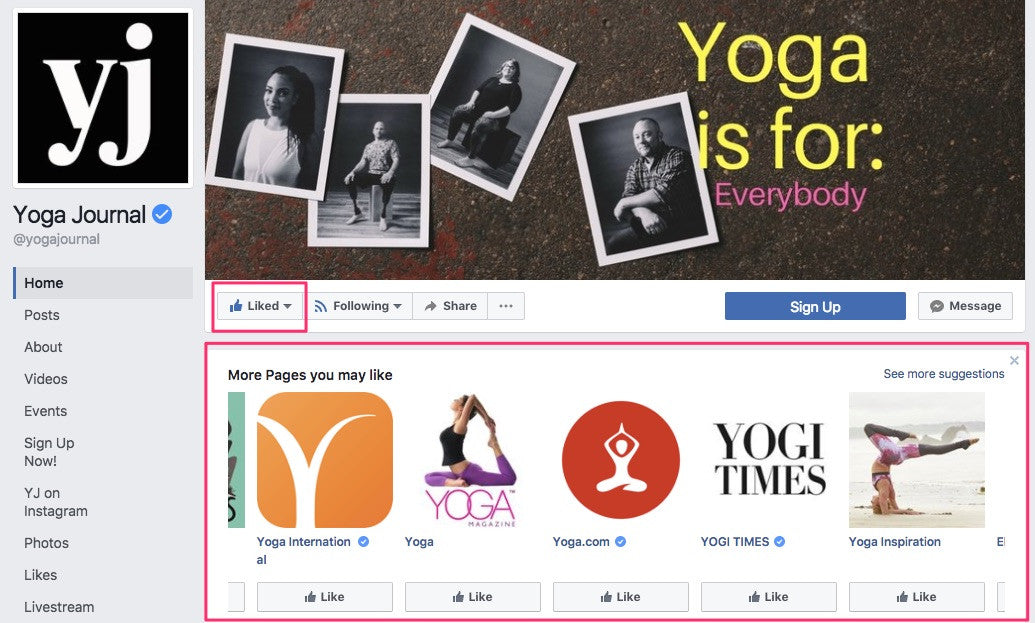
You can use Facebook’s Audience Insights tool to help brainstorm additional targeting ideas based on the interests and qualities you have a good feeling about. You can also use it to get some insight into how that audience behaves, how they spend, and more if you’re curious.
2. Targeting an Audience That’s Too Broad
A common mistake with paid advertising, regardless of platform, is going too broad with the audiences we choose to target.
You might think everyone is a potential customer, but what you’re paying for is the people your ads reach. Why pay to reach the wrong people?
A potential audience that’s between 500K to 1.5 million is often a good size to start with for many ecommerce businesses.
If your audience is too big, try narrowing it with interests that your main audience “must also match for”. If it’s too small, try adding interests to create a larger pool of users until you find your sweet spot.

3. Impatience
With any kind of paid advertising, it can feel like you’re losing money if you’re not getting any results right away. Sometimes you may feel compelled to take control of your ads and tweak things to “optimize” them so they can perform better as soon as possible.
But in the beginning especially, gathering data and insight is key.
That’s why it’s important to have a clear idea of how much you’re actually willing to spend to get one customer.
Let’s say your cost of goods is $17 and you’re selling the product for $50. That gives you around $33 to spend on acquiring a customer to break even. Be willing to go beyond that with your budget in the beginning as you test your audience and ads.
Try not to make any decisions about your ads, like pausing or tweaking them, until you’ve reached 1000 people. At that point you’ve got enough data to at least learn something from your ads’ performance, even if they don’t get any sales.
The other way that impatience ends up harming your performance is when you don’t give Facebook the opportunity to learn over time. If you haven’t installed your Facebook Pixel (which is super easy to do on your Shopify store), you should definitely do so. Facebook’s advertising platform uses the Pixel to track and learn based on performance data to improve its targeting.
For example, if you set your Campaign’s objective to optimize based on purchases at the start, Facebook may not know what a “purchasing” customer looks like when you’ve had zero sales. But as you rack up more purchases, that data set becomes better informed.
4. Not Isolating What You’re Testing
In marketing, insight is often undervalued in the pursuit of results. And while it’s strongly encouraged that you experiment and test things with your ads, you can only really learn as you go if you test one variable at a time.
Testing different audiences, each presented with different ads, at different times won’t tell you much even if you stumble across something that gets you better results. Was it the audience? Was it the ad? Was it the timing? Was it a combination of a few things?
As much as you can, try to isolate one variable to test so you can go forward after the experiment with knowledge you can act upon. In the beginning especially, you should be testing at the Advert Set level with the audiences you’re targeting.
Keep in mind what you can change and test at each level of your Ad Manager account:
- Campaign: Your objective that Facebook will optimize based on (add to cart, purchases, etc)
- Advert Set: The audience you’re targeting, placement, and schedule.
- Ad: Links, format, creative, etc.
5. Not Squeezing the Value Out of Your Ad Spend
Even if your primary goal is to get sales, that’s not the only possible return you can get on your ads.
In fact, there’s a lot of additional value you can get from an ad that “failed” to get your any customers.
You can:
- Collect emails from visitors to your site.
- Get more likes and comments on your post to build social proof for your ad over time.
- Engage directly with people who comment on your ads to help them purchase.
- Retarget visitors to your site as “warm traffic” in the future.
- Set up an email sequence to recover any abandoned carts you might’ve gotten.
- Invite people who have liked or reacted to your page post to also like your Facebook Page (simply click on the reactions of the post itself).
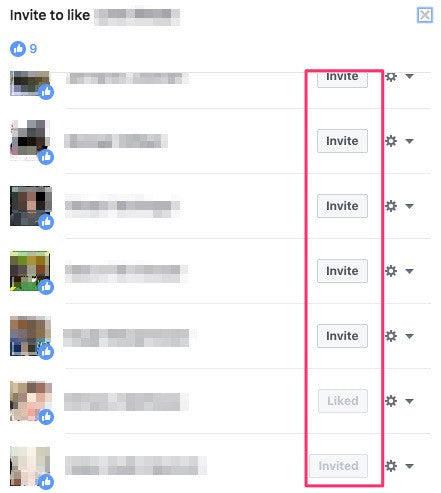
There’s also the priceless insight you can collect from your paid traffic.
I strongly recommend that you set up Google Analytics and Hot Jar (both are free) and take a look at how your traffic is actually behaving on your website. This will help you identify whether your problem is your audience, your website layout, or some other issue.
Hot Jar, in particular, is useful because it lets you visually see how traffic is behaving on your website: how far down the page visitors are scrolling before leaving, what they click on, as well as recordings of actual individual visits.
6. Not Optimizing Your Ad Creative for Attention and Clicks
Once you’ve figured out your audience, a good creative for your ads can help you improve your results.
A lot of different things go into a good ad, but here are some best practices to help:
- Have a focal point in either the image, copy, or video thumbnail that grabs the eye.
- Consider using emojis to add personality and visual elements in your copy.
- Collect social proof (likes, comments, shares) over time each time you run an ad, which makes your ad that much more powerful.
- Create multiple clickthrough opportunities with links and product tags (you’ll need a Facebook Shop, which you can easily add through Shopify).
- Experiment with different ad formats within the same Advert Set, especially video as Facebook has been known to favor this format.

For more ad inspiration, be sure to take a look at the Adicted.io ad gallery.
7. Not Taking Advantage of All Your Available Insights
A lot of the features in the Facebook Ad Manager get lost in its own complexity, especially when it comes to getting a view of your performance to glean insights.
The default columns you see in the Ad Manager, for example, don’t show all the data that’s actually useful to you. You should definitely customize your columns to get additional information.

Consider adding the following to get a better idea of ad performance, along with whatever else you think might help:
- CTR: Click-through rate is the percentage of people who clicked on your ad after seeing it.
- Cost-per-click: How much you’re paying for each click on your ad.
- Website Purchases: The number of purchases the ad brought in.
- Website Purchase Conversion Value: The total value of purchases made attributed to the ad.
- Frequency: How many times on average each person you’re reaching has seen an ad. Sometimes you’ll see your ad performance significantly dip, and it’s because Facebook is simply showing the ad to the same people multiple times.
- Reach: How many unique (not repeat) people you’ve reached.
- Relevance Score: How relevant your ad is to the audience you’re targeting, based on your first 500 impressions (this has a big impact on your costs).
- Budget: How much money you’ve dedicated daily or in total to the advert set.
- Cost per Result: How much it cost to get your campaign objective.
- CPM: How much you’re paying for 1000 impressions.
You can also use the “Breakdown” options to analyze your ad performance based on a number of factors, such as the devices that sales were made on, and how gender impacts performance.
A super simple, but highly impactful practice you can also adopt is using a standardized, meaningful naming convention across your Ad Manager account at each level. This way, at a glance, you can tell things like what audience you’re targeting and what you’re testing.
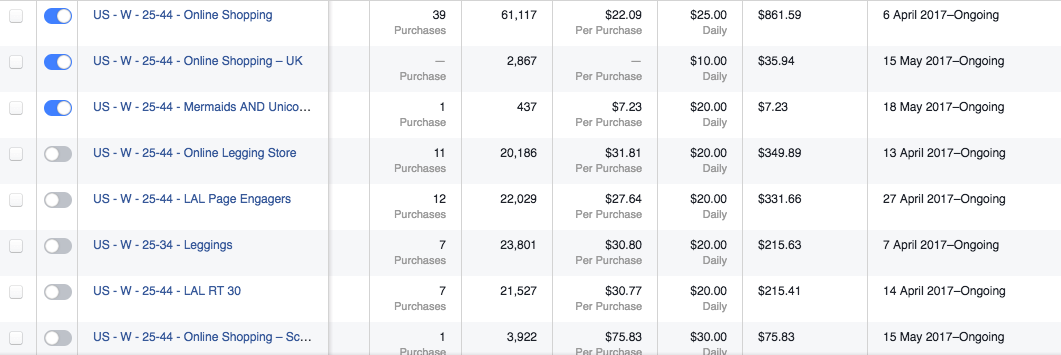
What Have You Learned?
Facebook advertising can take some time to get the hang of, but as one of the most effective ways to distribute any message, it’s definitely worth investing in and learning from the experiences of others.
Braveen Kumar is a Writer at Shopify where he develops resources to empower entrepreneurs to start and succeed in business.
 The executives behind Verizon’s Oath gathered in Cannes on Monday Business Insider
The executives behind Verizon’s Oath gathered in Cannes on Monday Business Insider 



